The article will guide you into the vibrant period from the 13th to the 16th century, where Gothic and Renaissance art experienced an incredible flourishing. We will focus on the exceptional world of brocades, which played a key role in the fashion and artistic expression of this era. The article will provide us with a captivating glimpse into Gothic and Renaissance motifs in brocades, revealing how these artistic elements influenced fashion and aesthetics from the 13th to the 16th century. Gothic and Renaissance, along with exquisite brocade patterns, have left us with a legacy that continues to inspire and enrich modern art and design.
The Influence of Brocades on Society
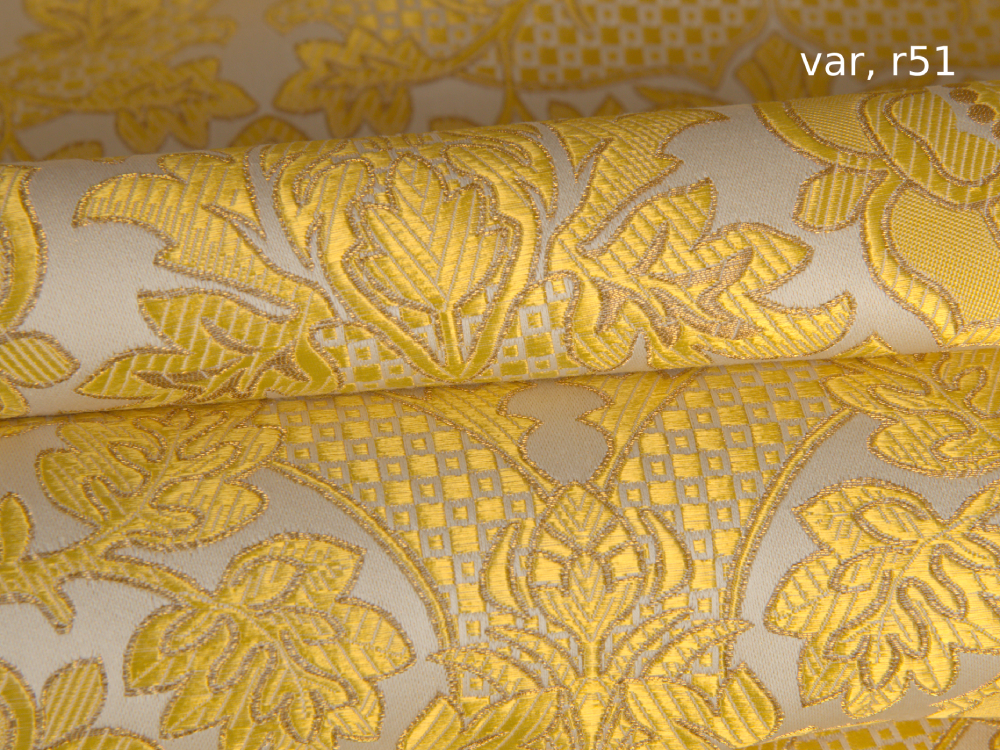 |
.jpg) |
 |
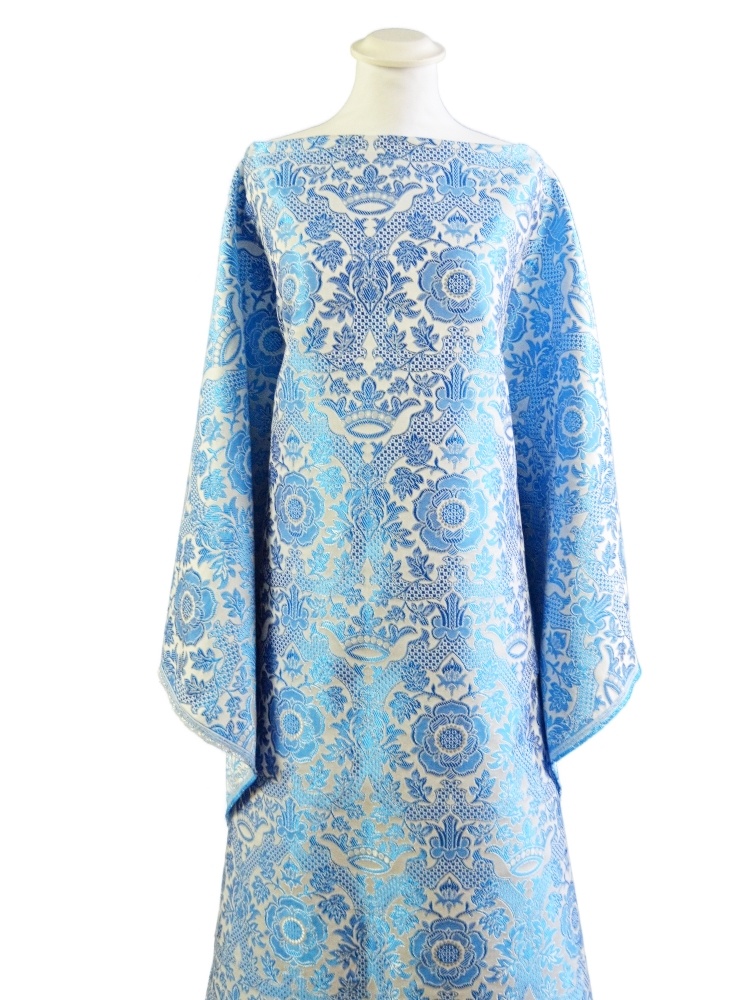 |
|
FIVE-PETALLED ROSE & CROWNA beautiful design from the Tudor period depicts a crown and a five-petaled rose. The rose symbol gained prominence, especially in the 15th century, as a symbol of the Lancaster and York families. |
|
.jpg) |
|
.jpg) |
|
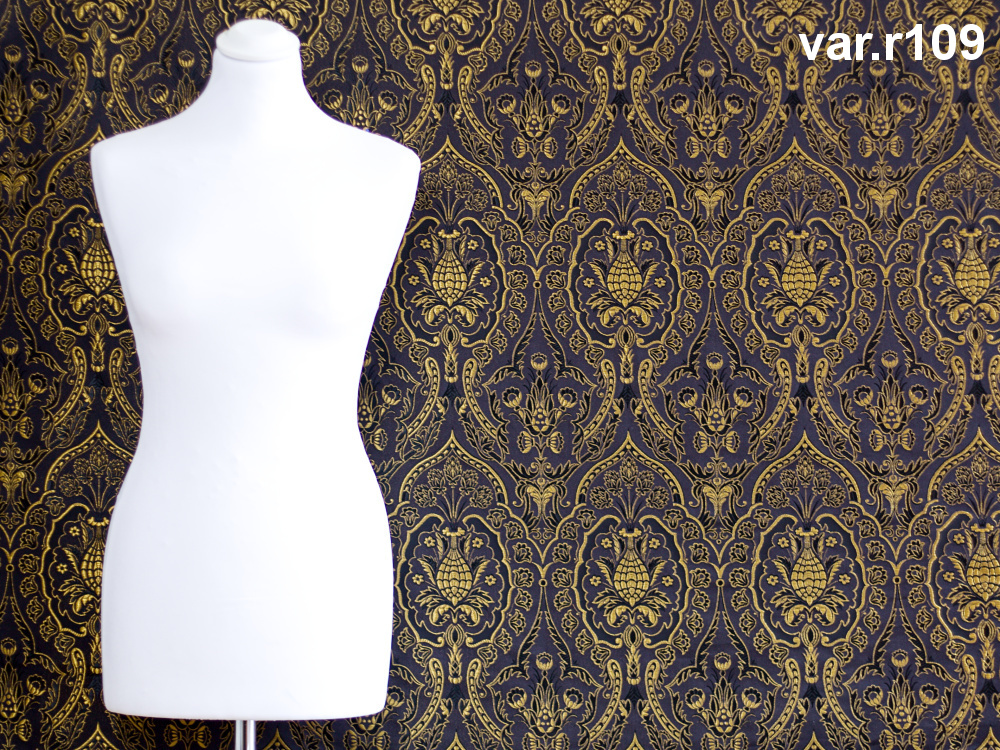 |
Pineapple |
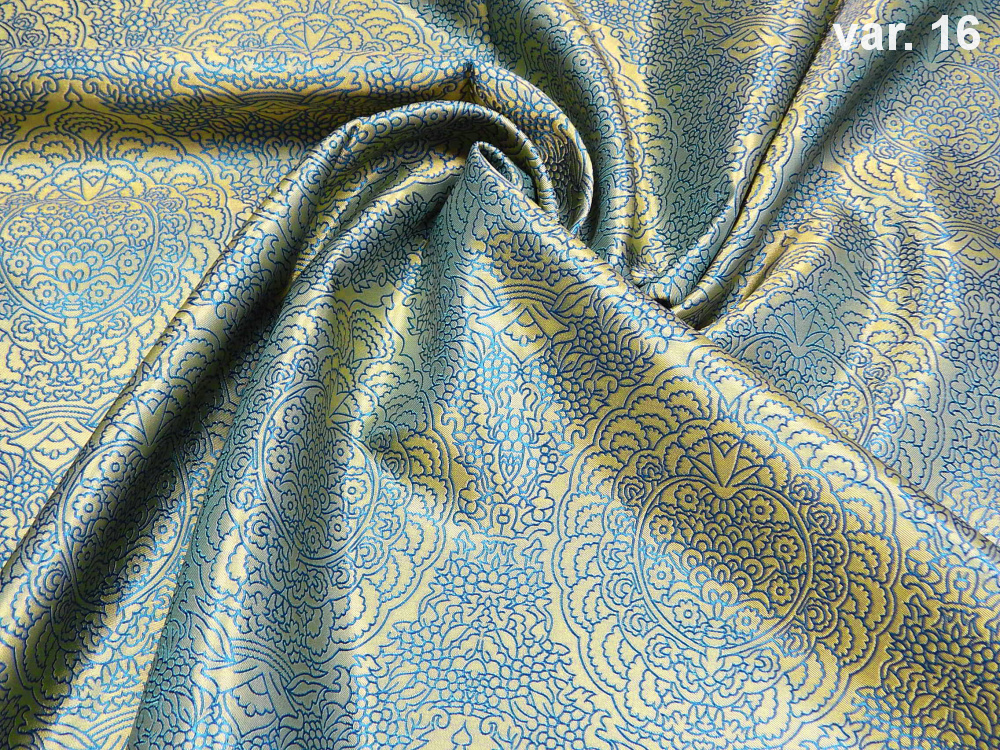 |
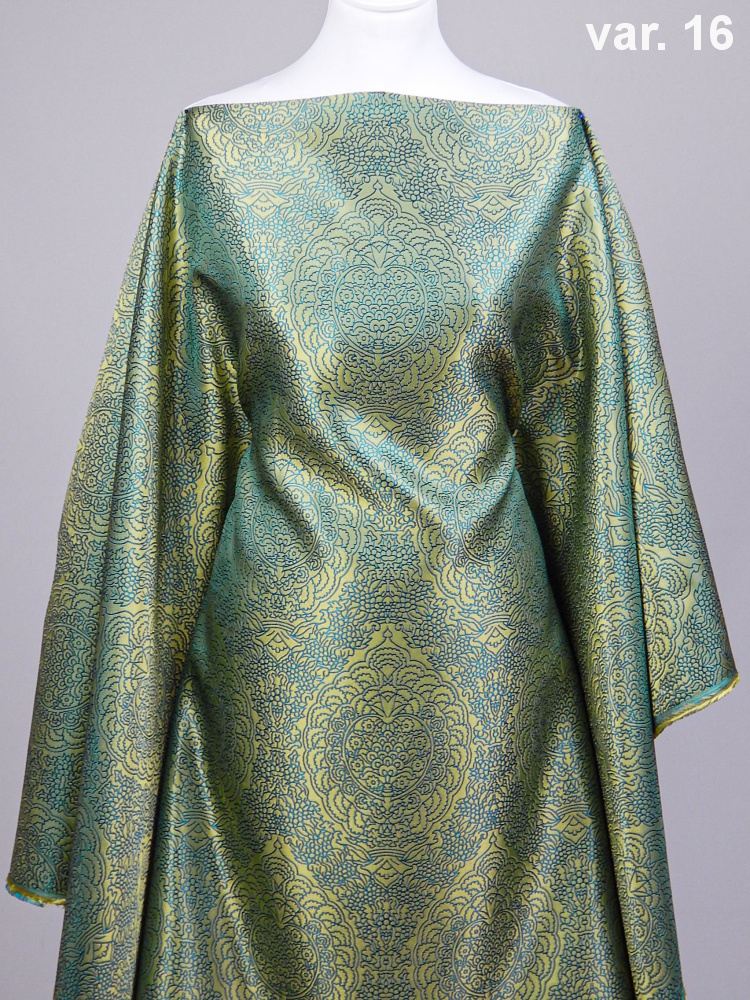 |
|
|
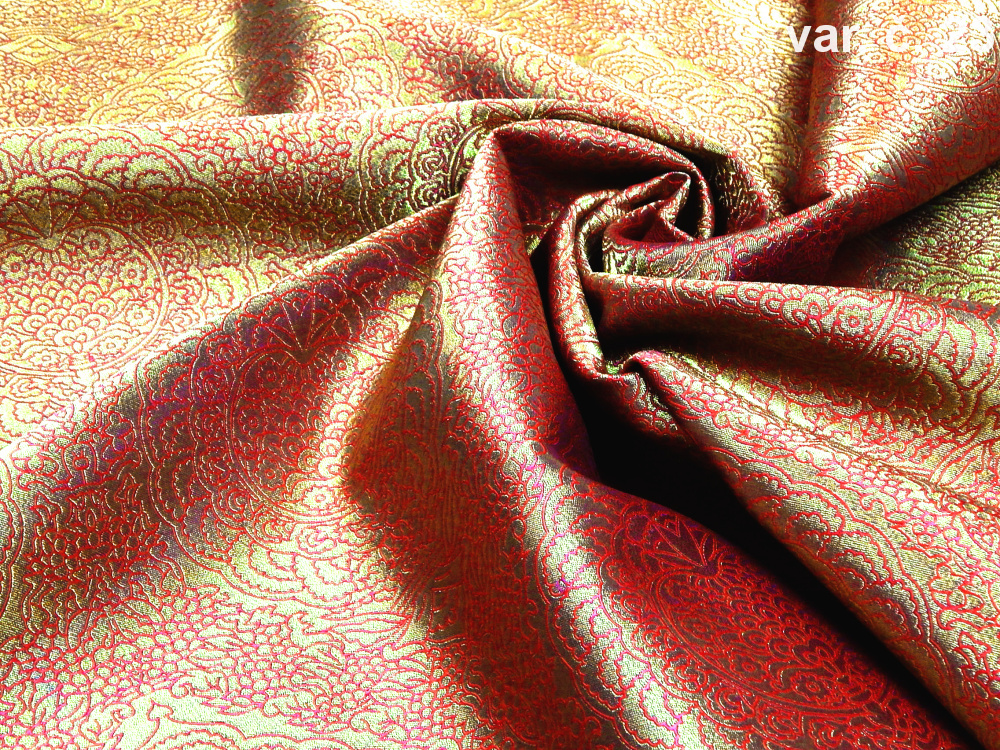 |
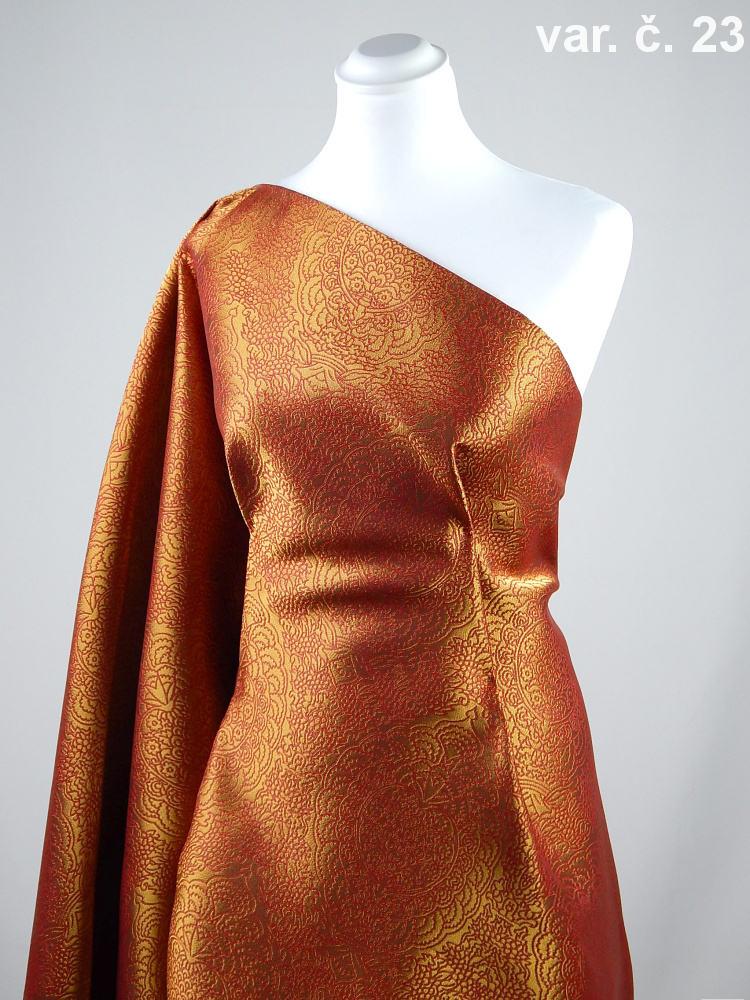 |
Color and material
Colors and materials played a crucial role in Gothic and Renaissance brocades. In Gothic fashion, deep and dark colors were favored, while the Renaissance brought lighter tones and contrasts. Gold, red, and blue colors dominated in both periods, symbolizing wealth and beauty. Materials such as silk and brocade were highly prized for their luxurious quality and the ability to adorn the garments of royal courts and wealthy merchants.

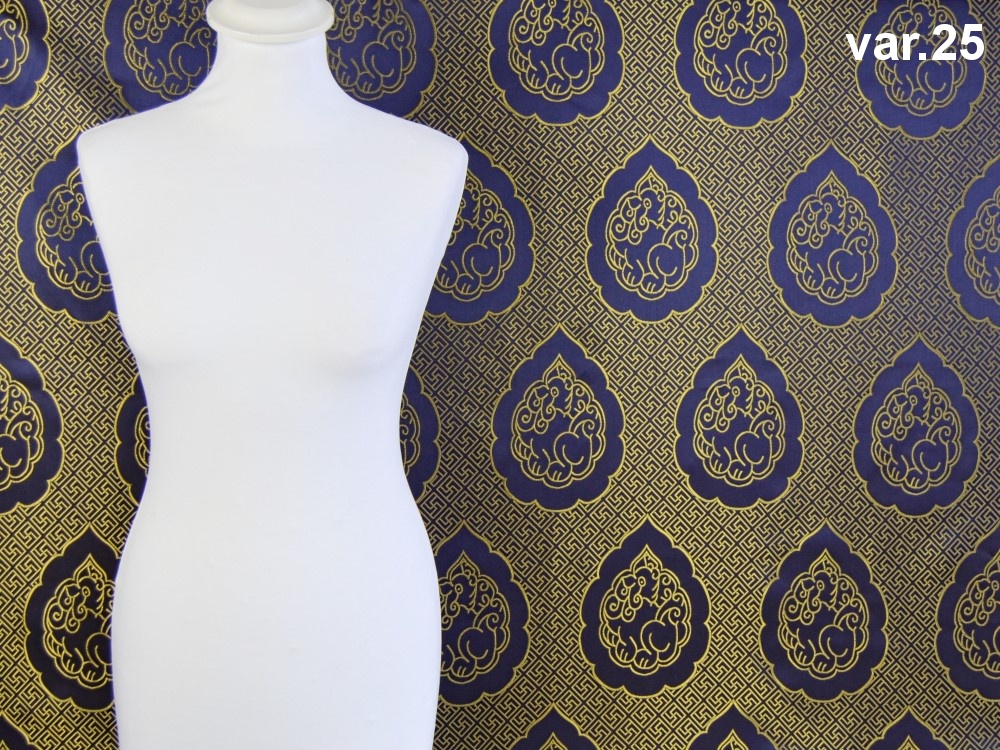
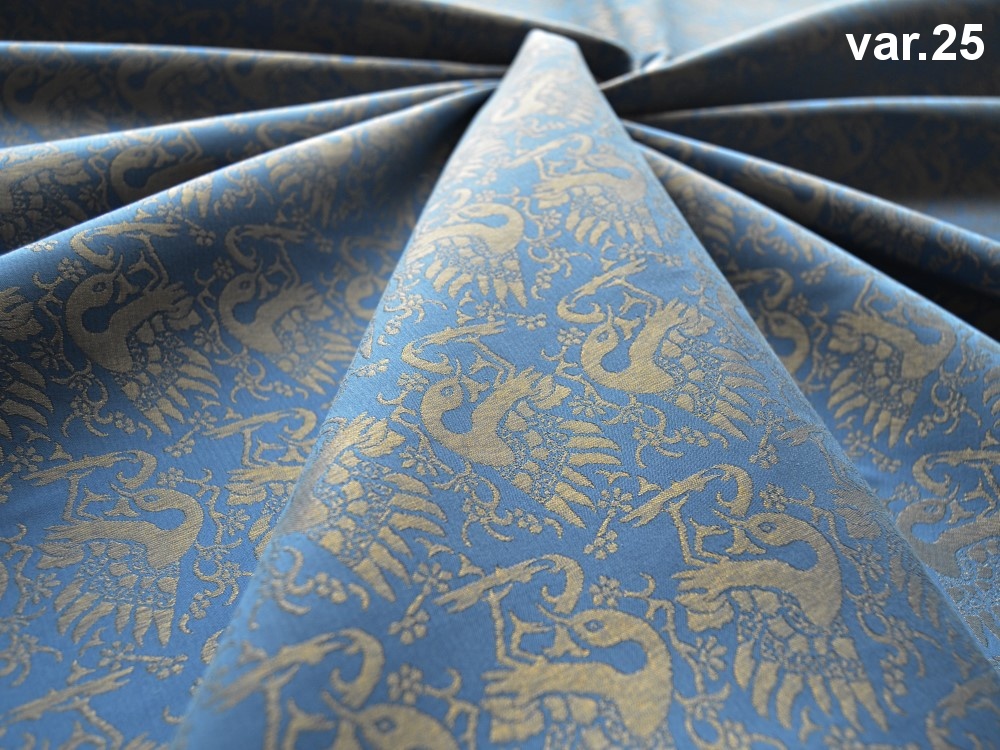
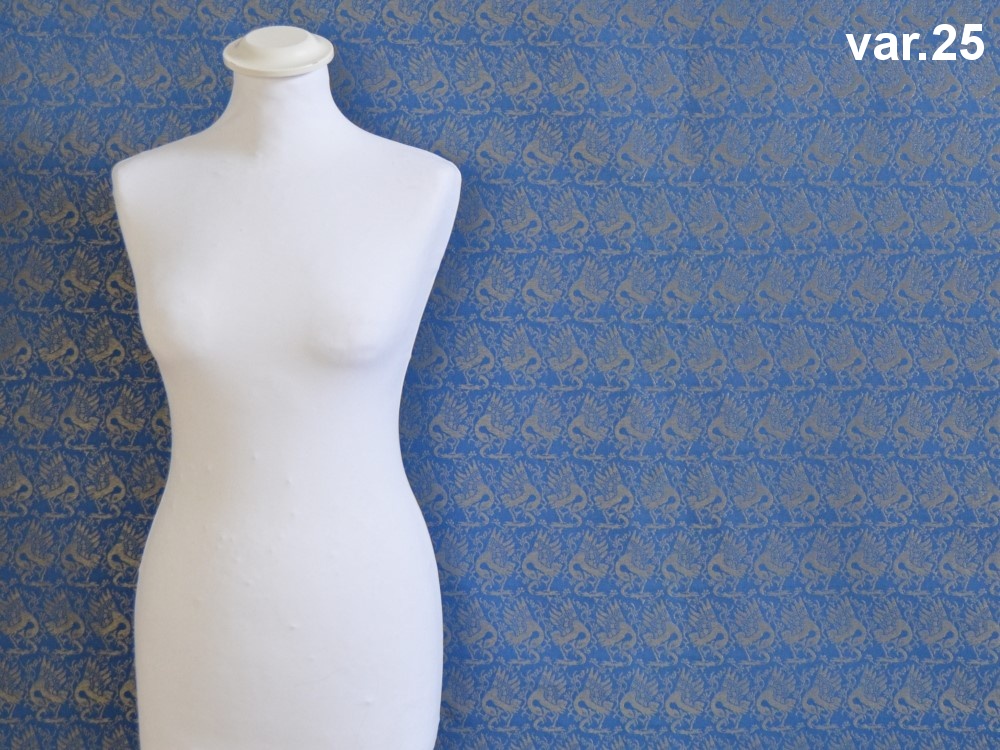
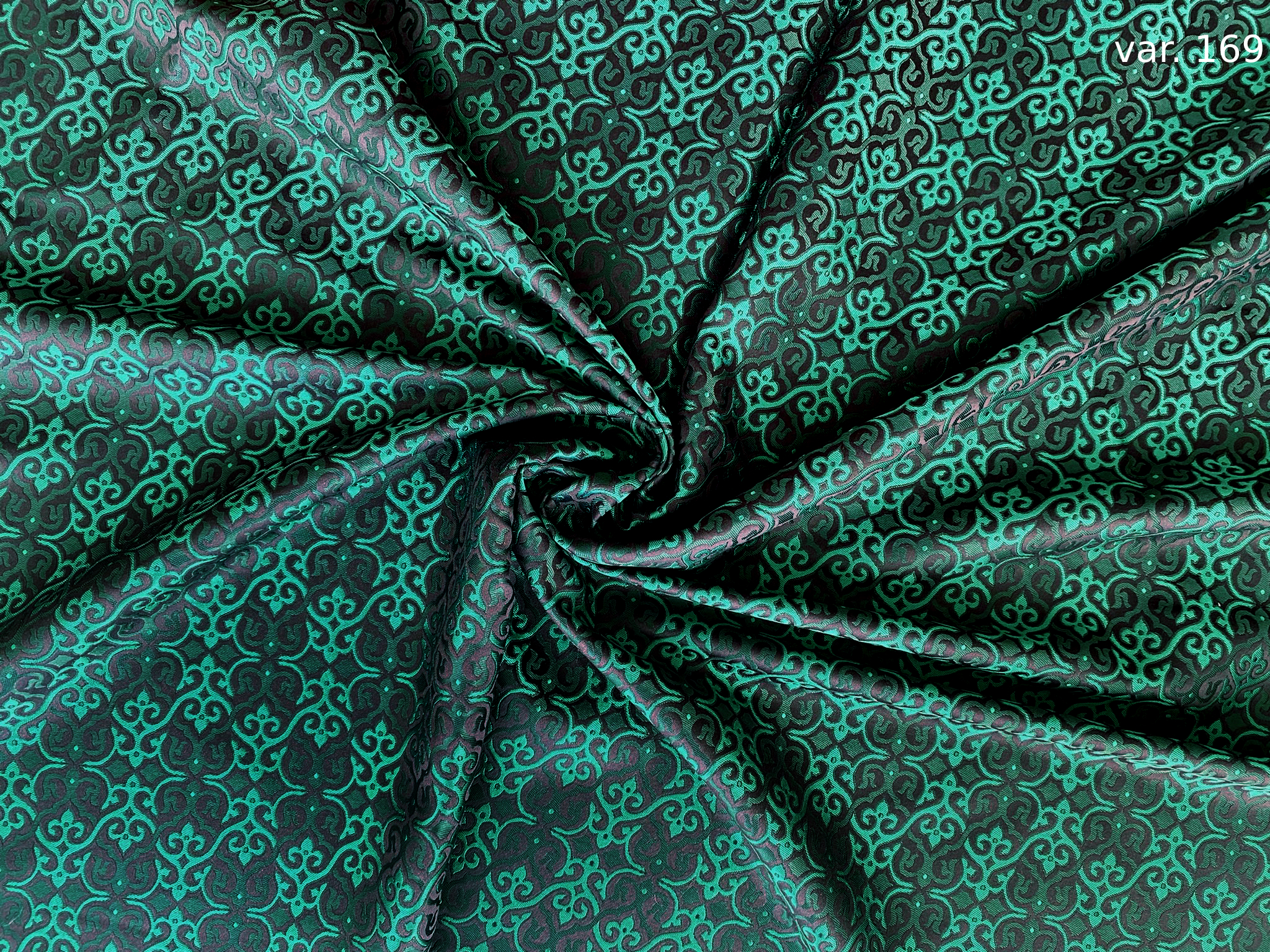
.jpg)
.jpg)


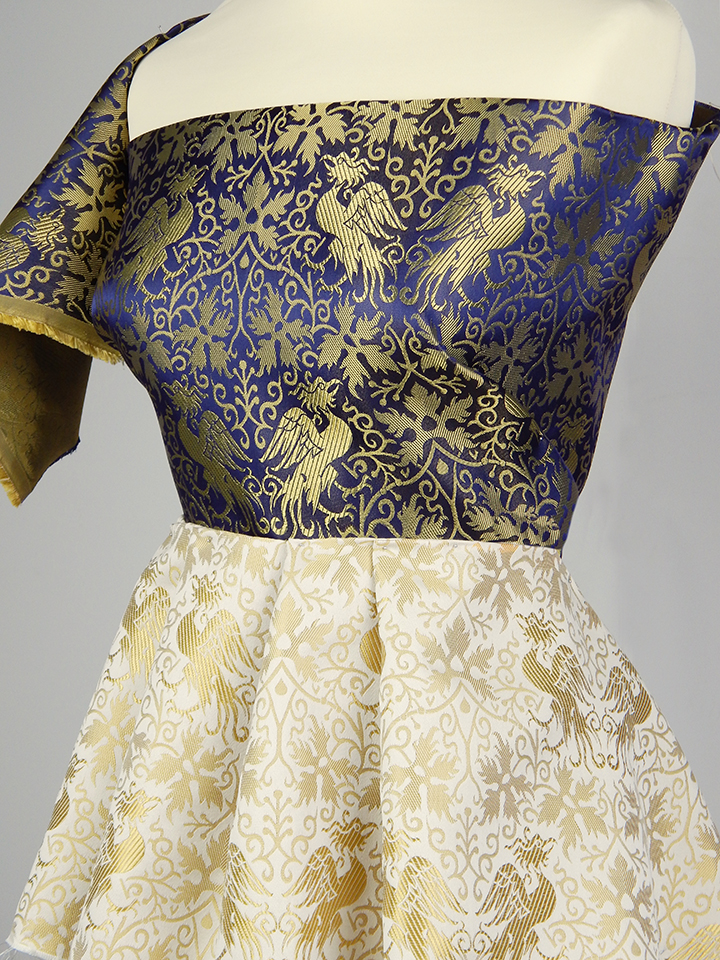
.jpg)
.jpg)








